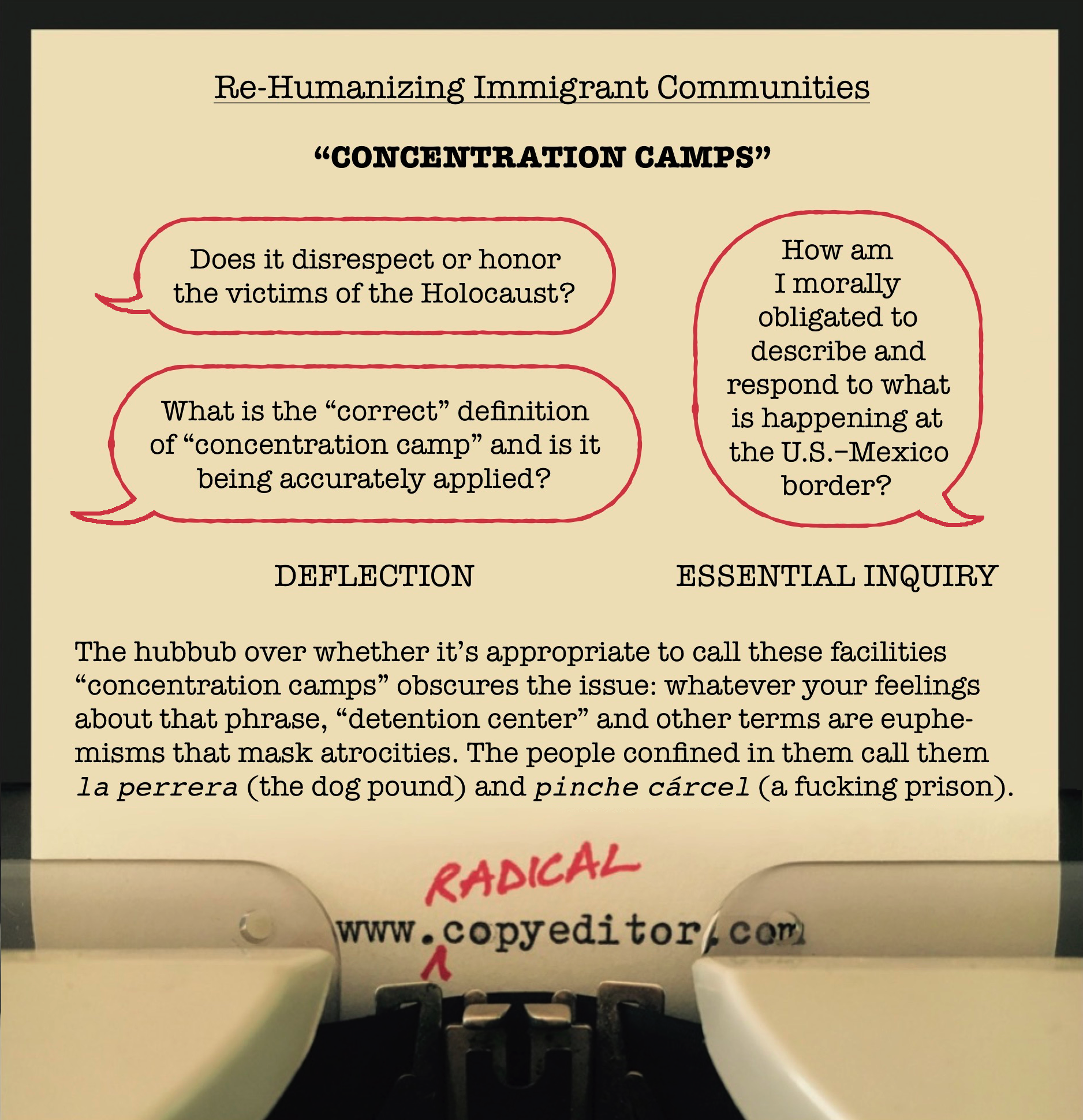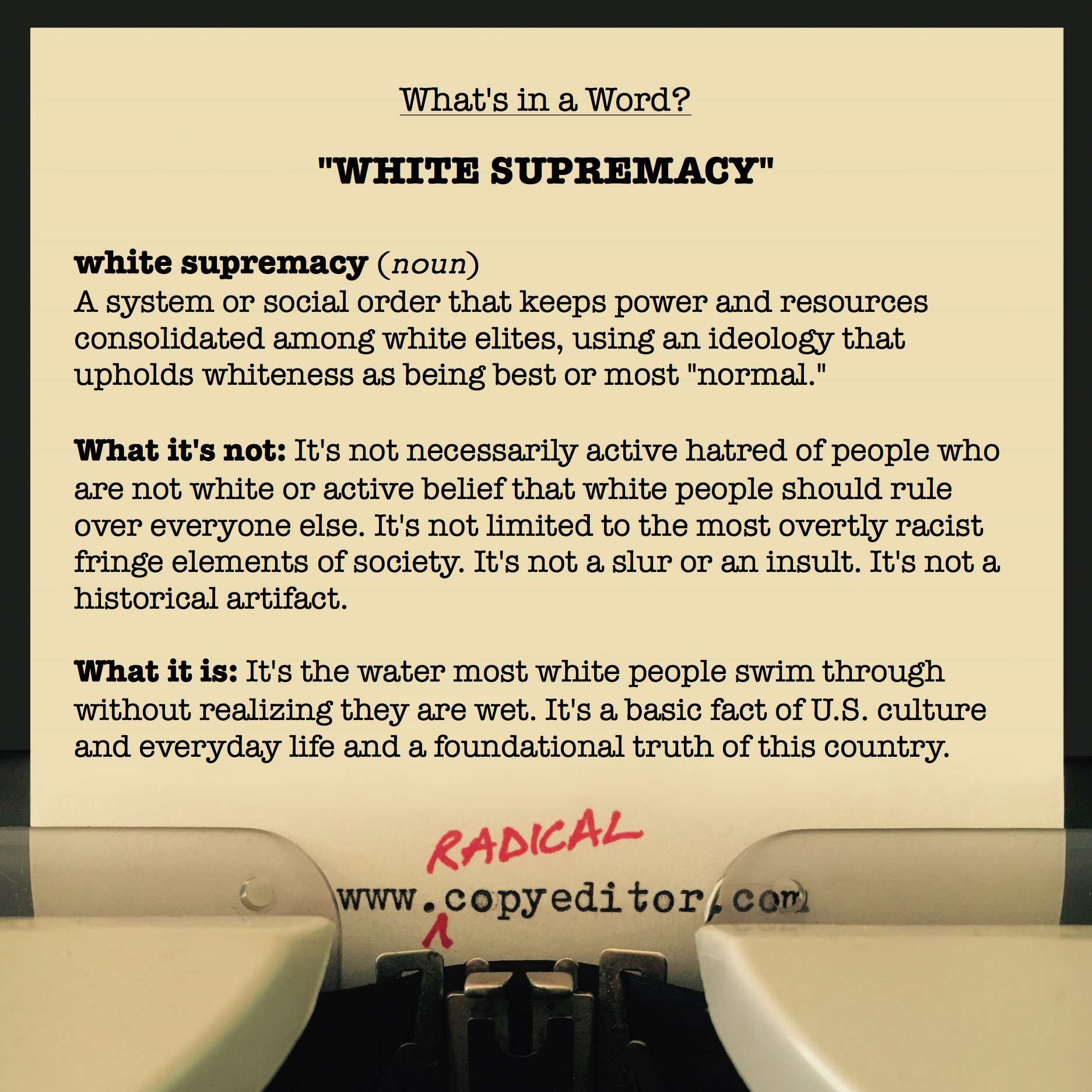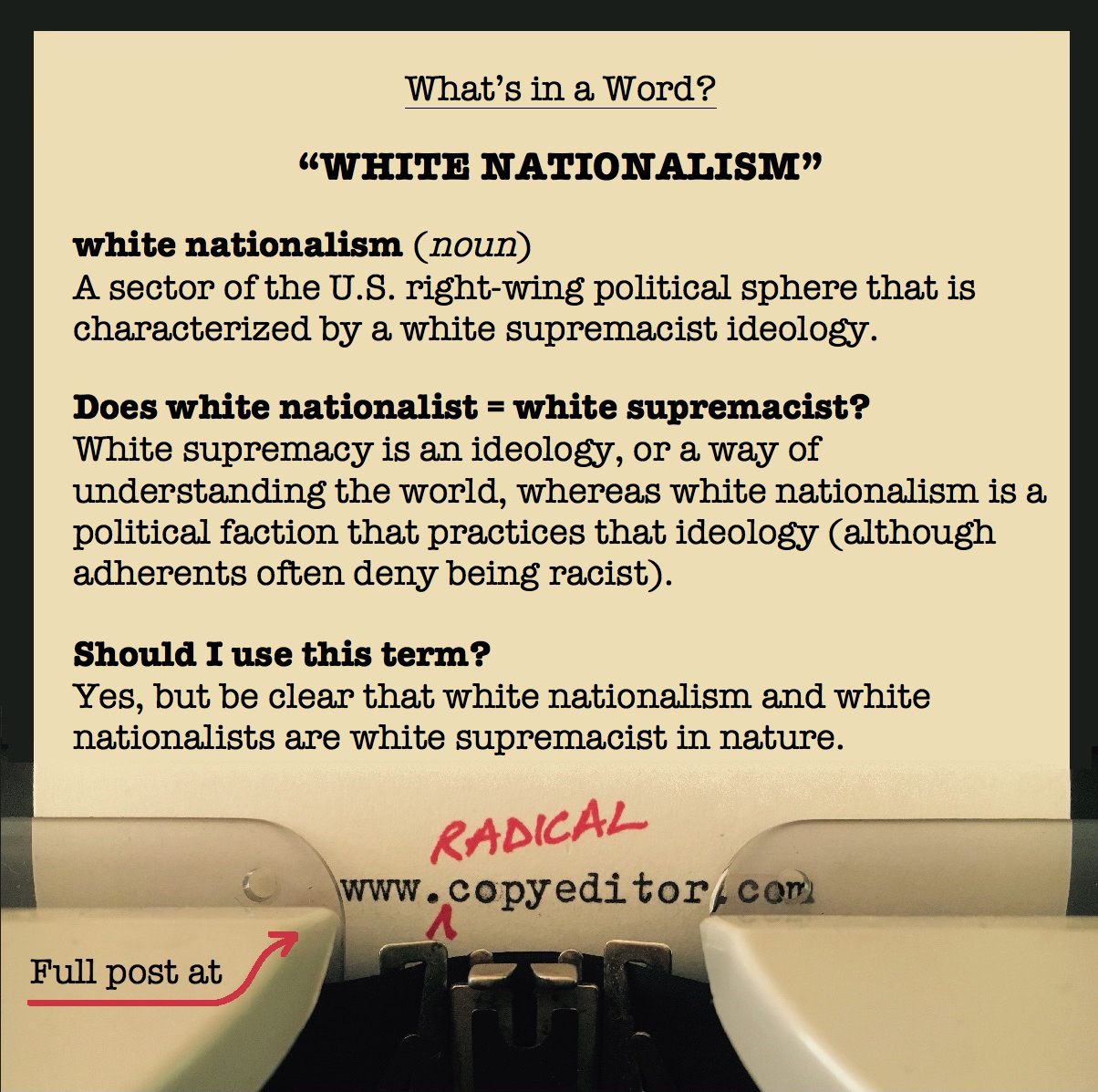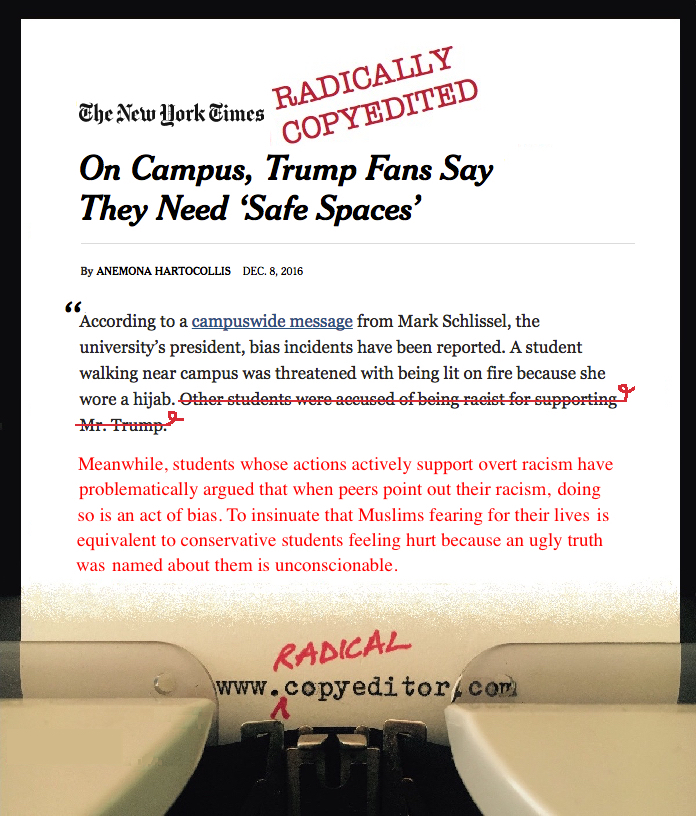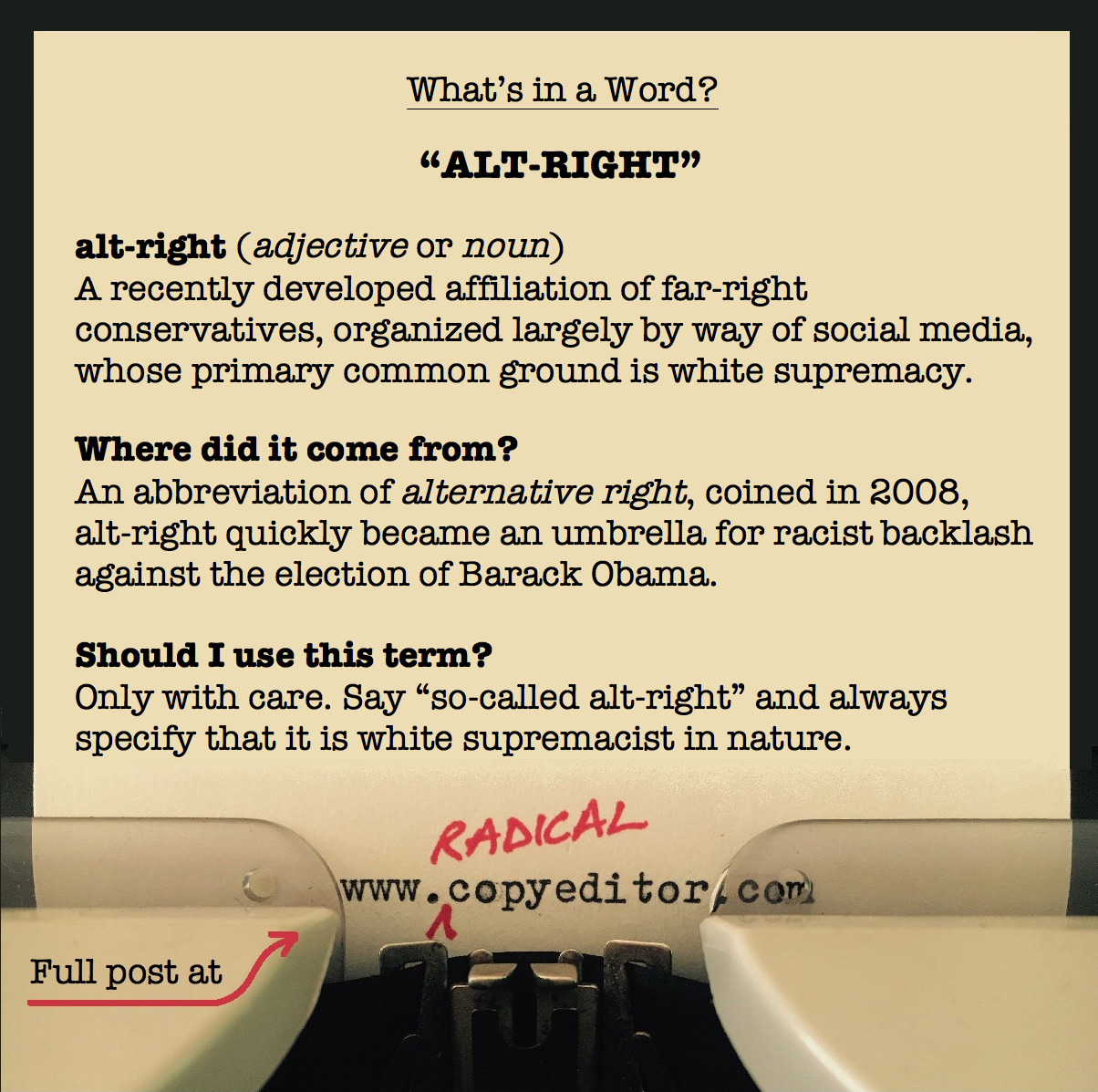
Last month I was honored to deliver the keynote address at the annual conference of the Publishing Professionals Network, a San Francisco Bay–area nonprofit that supports people working in the book publishing field. The theme of the conference was “Publishing in a Diverse World.” It was a wonderful gathering of folks invested in using books as a tool for positive change. Here’s what I shared with them, slightly edited for publication purposes.
Continue reading “Conscious Communication and the Power of Language”

